What is “Sakiori”
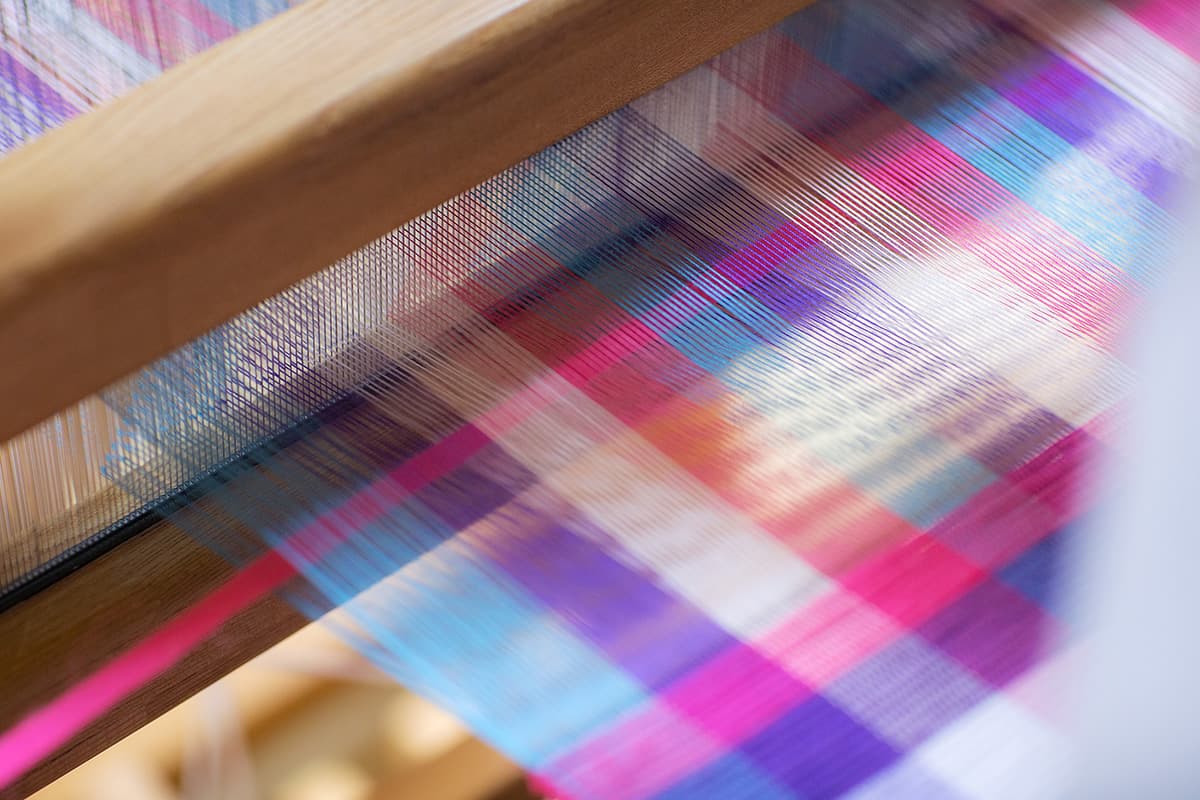
The origin of “Sakiori” is the middle of the Edo period
The origin of “sakiori” (weaving method that uses torn fabrics), goes back to the Tohoku region, where valuable cotton textiles were lovingly woven together to guard against the harsh winter climate around the mid Edo period. In those days, fabrics used for clothing and futons, were torn into thin, fibrous strips and twisted together.
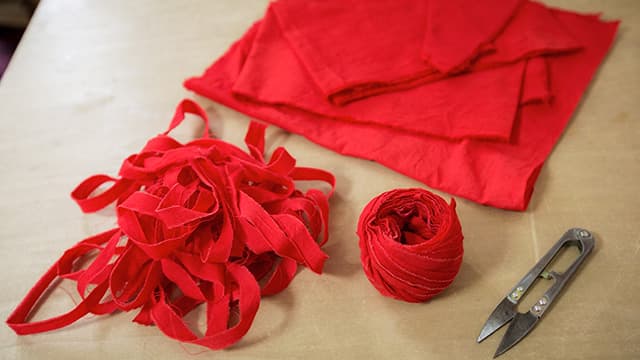
In a culture of “repurposing” as a valuable item
In the 17th century, within the “repurposing” culture, items such as old cotton fabrics began to enter the Tohoku region, attracting many people to their soft texture. However, old fabrics can also be costly, so as the tear-weaving technology developed within the “repurposing” culture, the fabrics gained value.
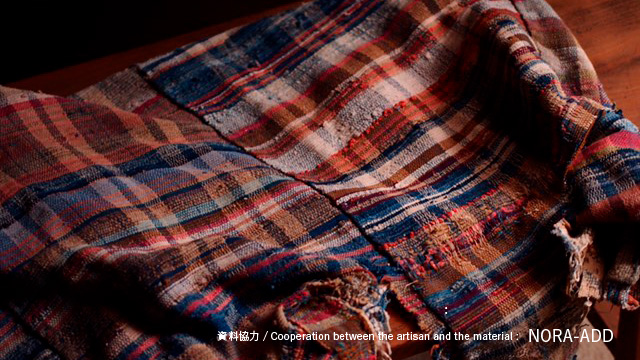
Friendly eco-fabric designs
Lately, textile products have become more accessible, while sakiori products are declining. Still, the unique texture and artistry, combined with the usage of old fabrics and clothes remnants have been attracting attention, and the products are regarded by apparel and interior designers as high-quality eco-fabric designs.

THE PROCESS
Most of the sakiori process is executed manually.
A piece of fabric is torn into small strips to make weft and warp threads.
Weaving is done by passing the weft yarn over and under the stationary warp yarn.
This is no small feat.
The fabrics are carefully and lovingly crafted by the hands of the artisan.
A unique and warm texture is therefore created that cannot be reproduced by any machine.
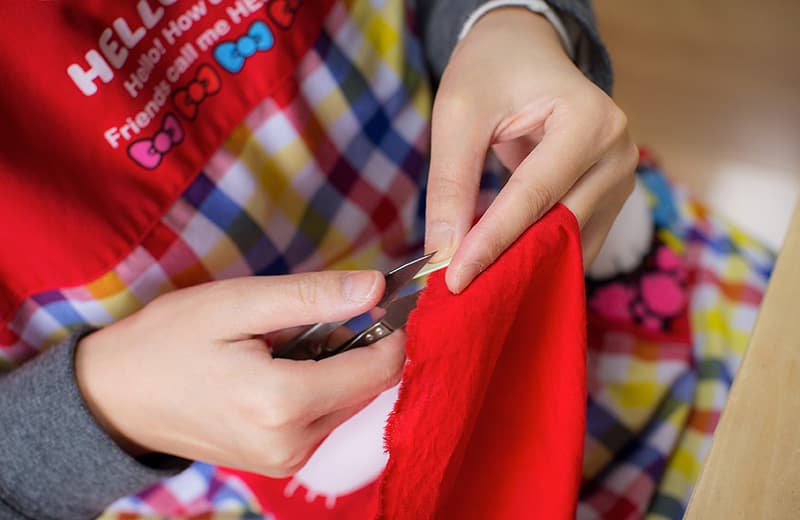
- A small incision of equal width is made with scissors on a single piece of cloth to ease tearing.
- 01
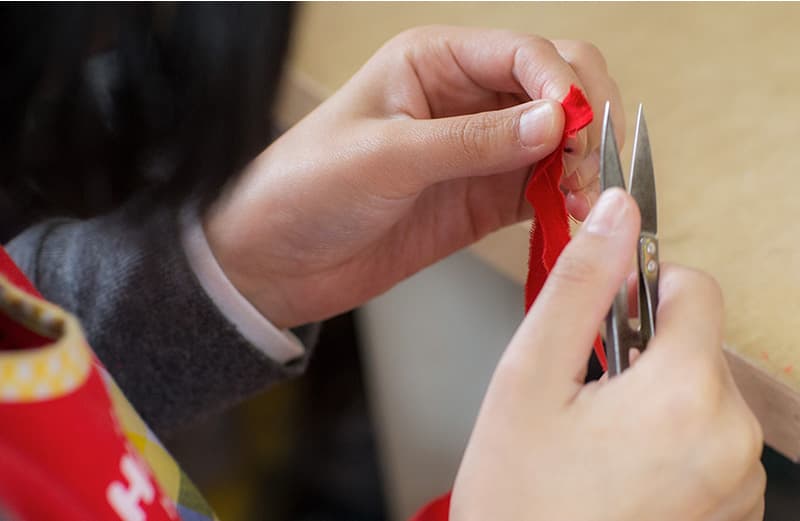
- The thread is pulled vigorously from the incision left and right.
- 02
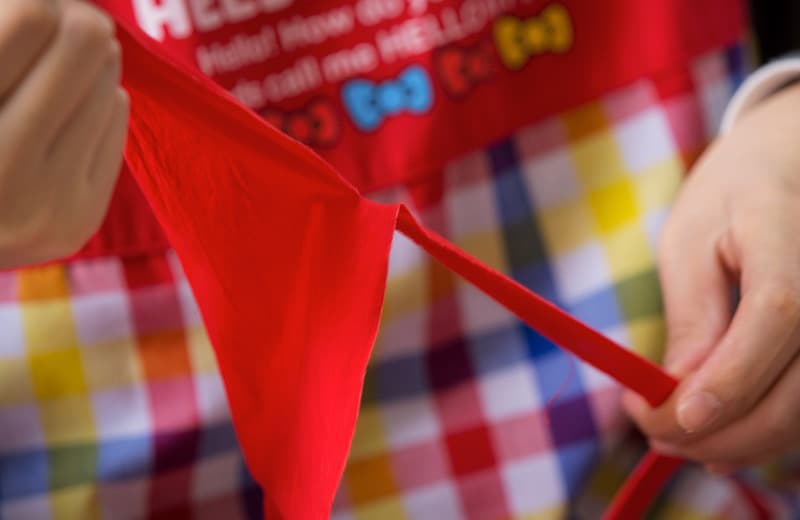
- After reaching the end, the tear is folded back to the same width without cutting all the way through, then is rounded at the corners with scissors to make one thread.
- 03
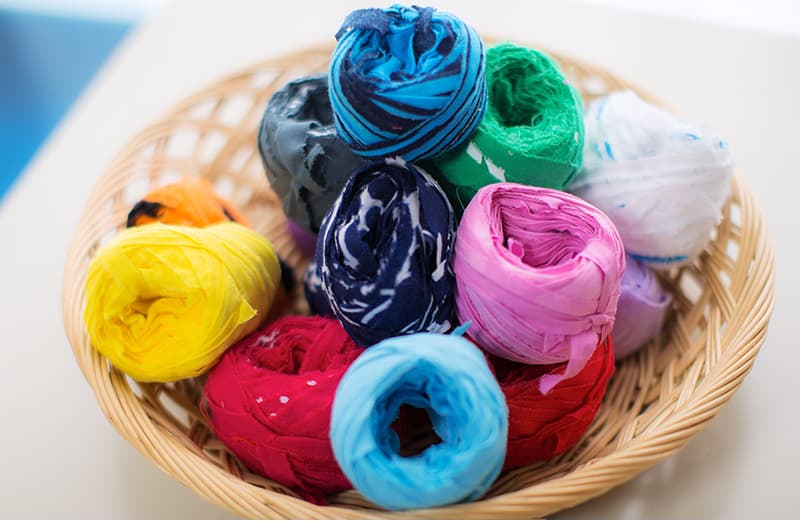
- The torn weft thread is rolled up. The weft thread is then ready to weave.
- 04
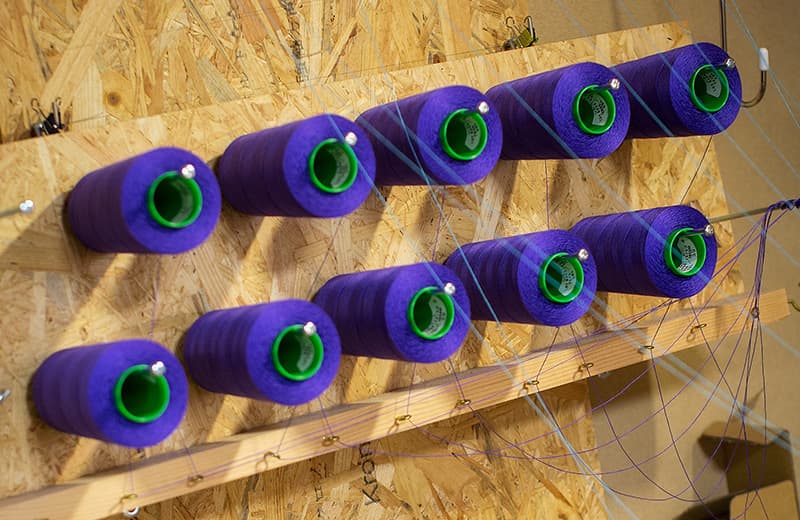
- The colour scheme of the warp threads is determined while weaving.
- 05
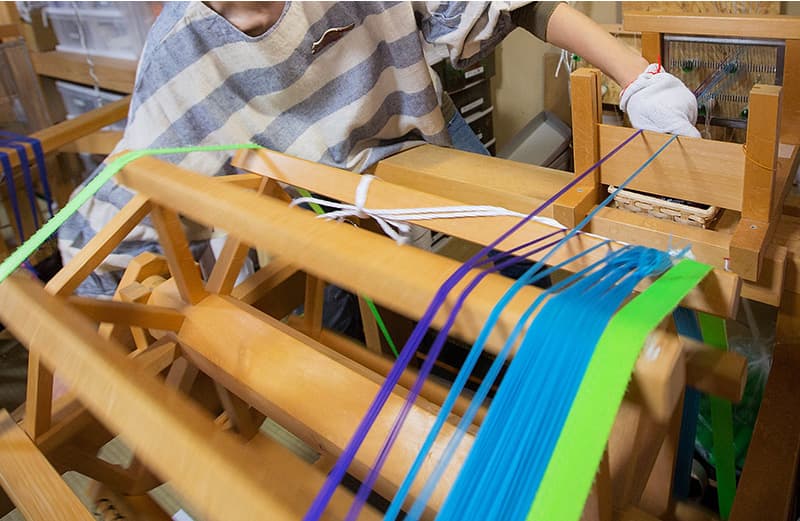
- The warp threads are rolled up on the loom in 10 string sets of 1 cm each.
- 06
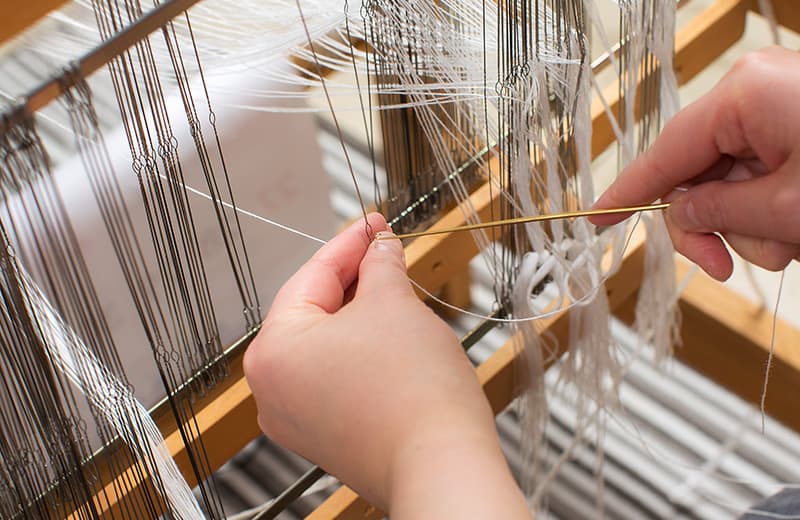
- The top and bottom strings are passed through a heddle alternately.
- 07
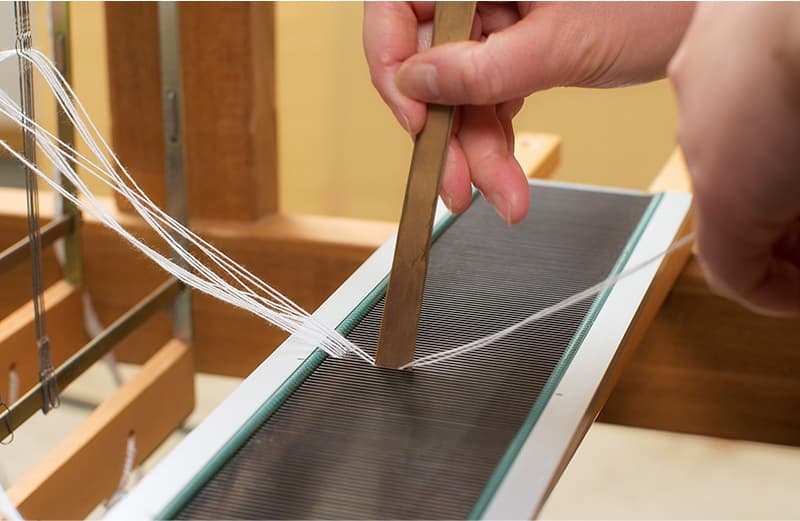
- The top and bottom strings are passed through a reed to form a set. Once completed, the woven material is firmly and evenly tied to finish the weaving setup.
- 08
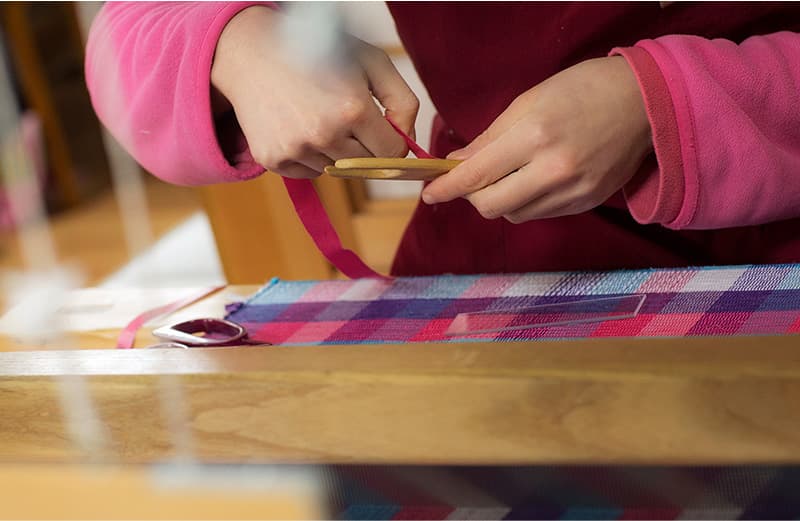
- The weft yarn is twined onto a “shuttle” in preparation for weaving.
- 09
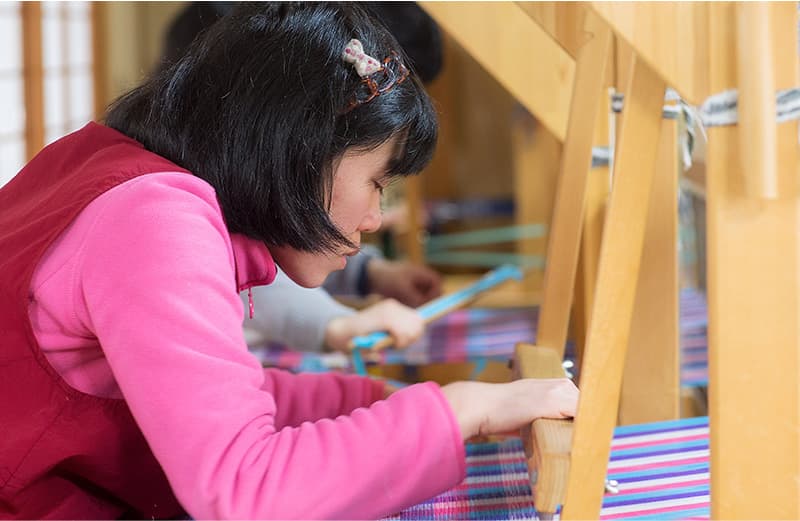
- The weft yarn is treaded across the top and the bottom strings, and the selvage is kept straight by regularly picking up the shuttle.
- 10
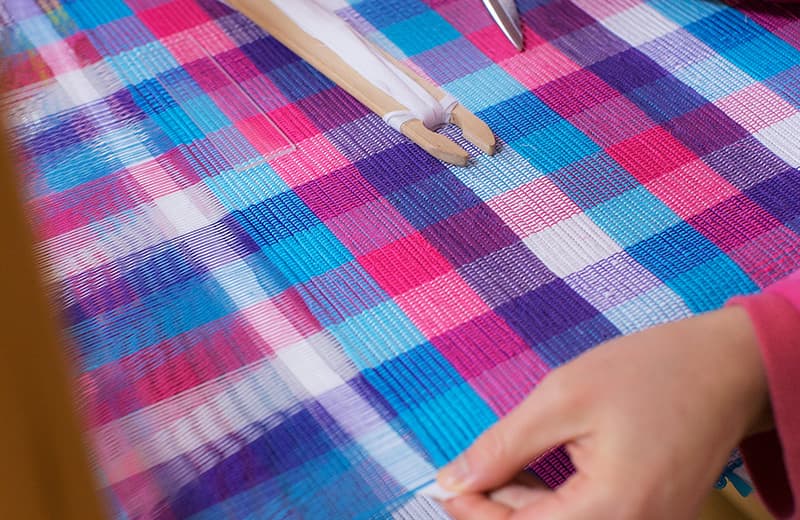
- A thin thread is tightened to prevent the woven material from fraying.
- 11
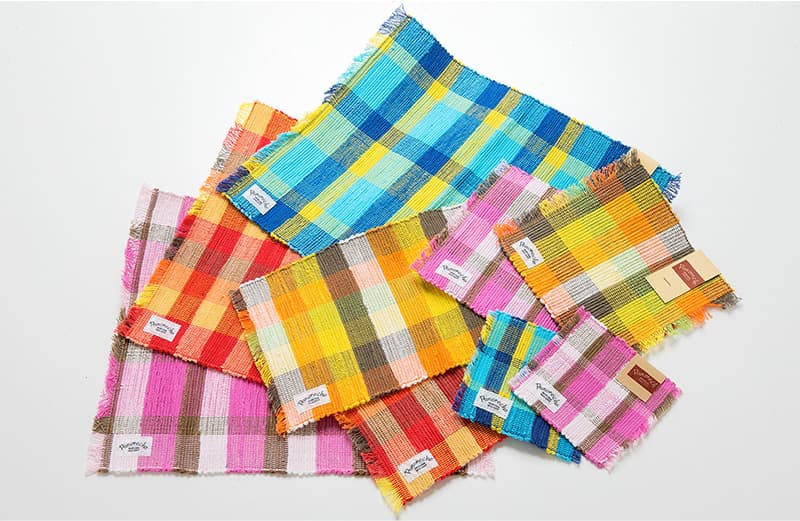
- After cutting off the excess thread, a unique piece of woven handicraft is obtained.
- 12



